Vietnam Travel Infomation
Explore Ba Be Lake & Waterfalls Bac Kan Travel Guide

This guide provides essential information for planning your travel to the beautiful Ba Be Lake and its associated waterfalls in Bac Kan province. It covers key attractions and practical advice to help you explore this natural wonder effectively. Discover the highlights of this scenic region for an unforgettable travel experience.
Section 1: Introduction to Ba Be Lake & Bac Kan
Welcome to Bac Kan province, a region in northern Vietnam renowned for its breathtaking natural landscapes. At its heart lies Ba Be Lake, Vietnam’s largest natural freshwater lake, a true ecological treasure nestled within a national park. Surrounded by dramatic limestone karsts, dense forests, and serene waterways, Ba Be offers a unique blend of natural beauty and cultural richness, home to various ethnic minority communities. This introduction sets the stage for exploring the tranquility and diverse attractions of this remarkable destination, inviting you to discover its unspoiled charm.
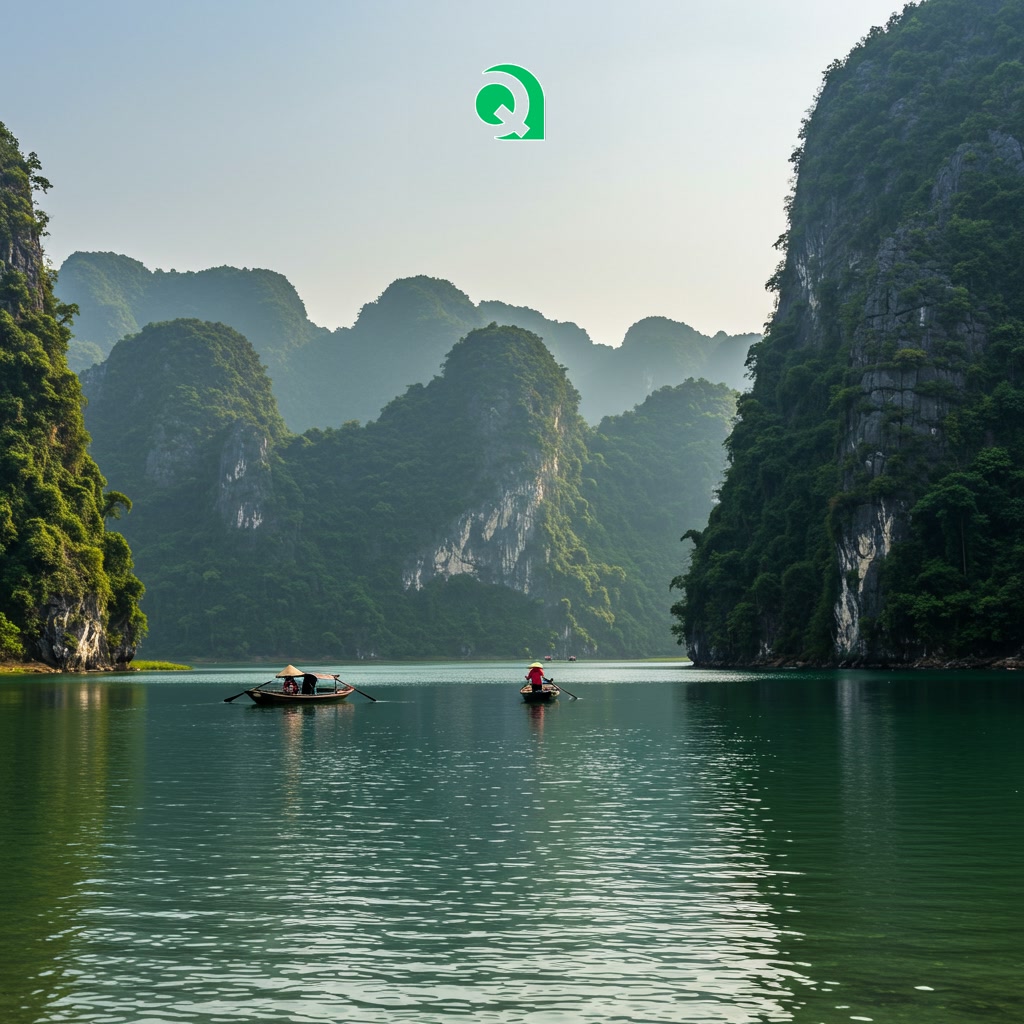
Introduction to Ba Be Lake & Bac Kan
Section 2: How to Get to Ba Be Lake
Reaching the tranquil beauty of Ba Be Lake requires a journey, most commonly undertaken from Hanoi. The most popular method is by taking a local bus from major bus stations like My Dinh, which offers a direct route though it can take 5-6 hours. Alternatively, for more flexibility and the chance to appreciate the scenic northern Vietnamese landscape at your own pace, renting a motorbike or hiring a private car are excellent options. This allows stops along the way and a more intimate connection with the journey. The roads leading into Bac Kan province and towards Ba Be are generally well-maintained, making the travel manageable and part of the adventure itself, unveiling stunning mountain vistas and rural life before you arrive at the lake’s edge.
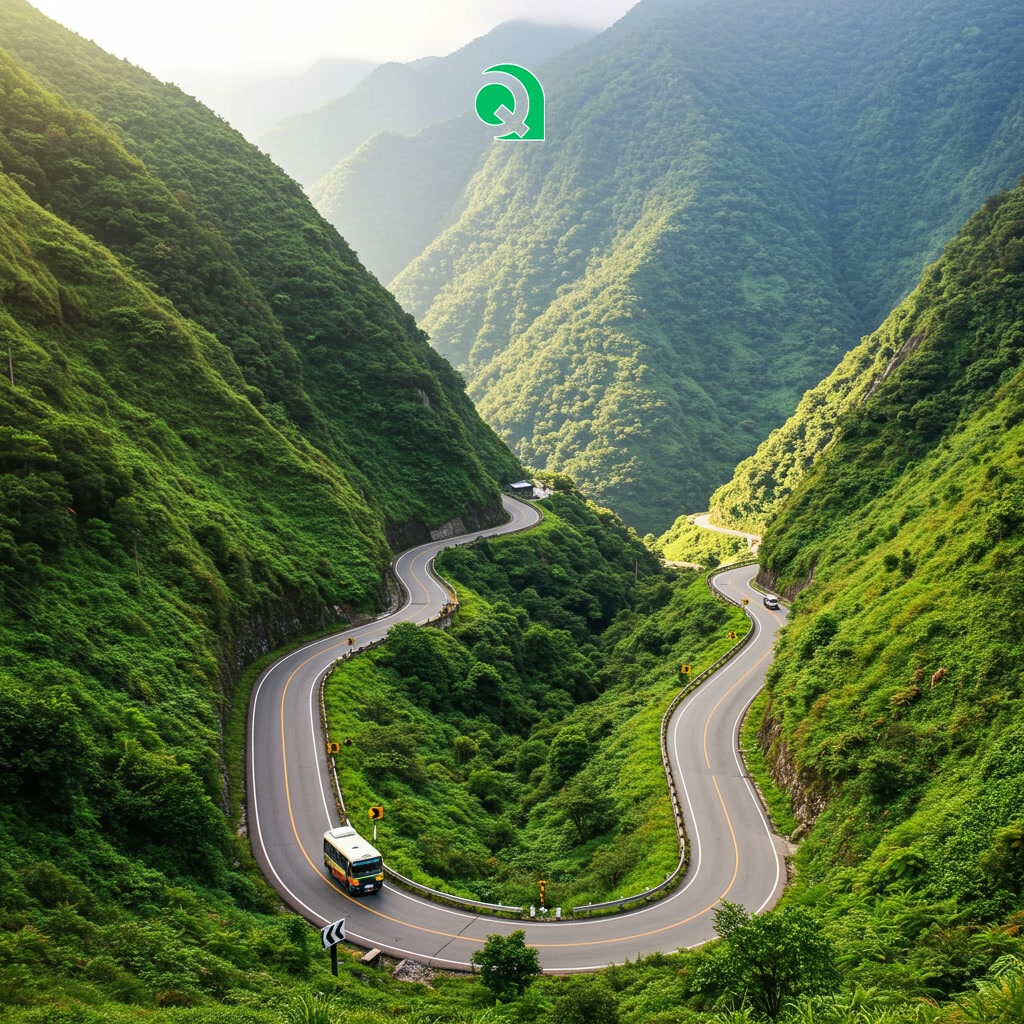
How to Get to Ba Be Lake
Section 3: Exploring Ba Be Lake: Key Attractions
Exploring Ba Be Lake is best done by boat, allowing you to fully appreciate its immense scale and the surrounding natural beauty. A traditional wooden boat tour is the quintessential experience, gliding over the calm, emerald waters. Key attractions accessible by boat include An Ma island, home to a small temple offering panoramic views, and the dramatic Puong Cave, where the Nang River flows through a large karst tunnel inhabited by thousands of bats. The scenery is characterized by towering limestone karsts covered in dense jungle, reflecting perfectly on the lake’s surface. Visiting local villages like Pac Ngoi, inhabited by the Tay ethnic minority, provides insight into traditional life and hospitality, often including homestay opportunities and delicious local cuisine.
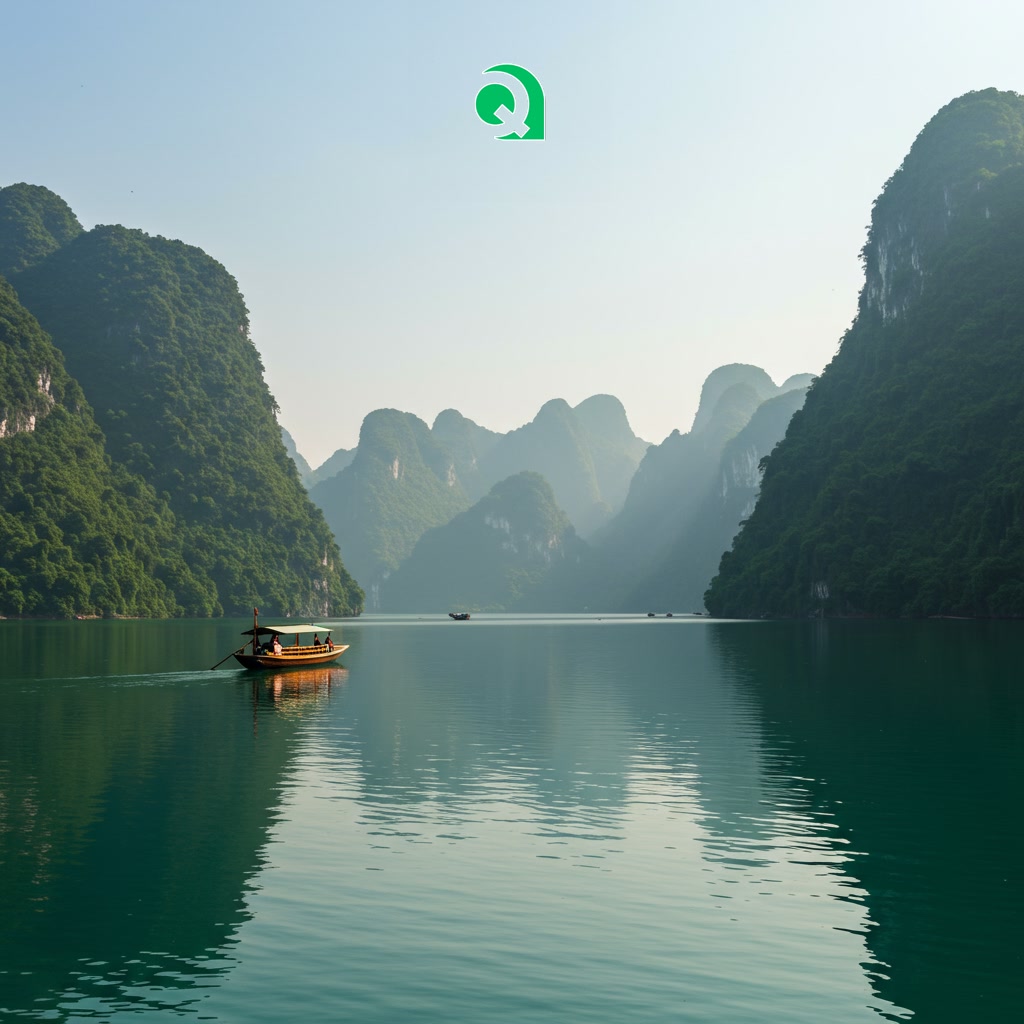
Exploring Ba Be Lake: Key Attractions
Section 4: Discovering Ba Be’s Famous Waterfalls
Continuing your exploration from the lake, a highlight of the Ba Be region is discovering its impressive waterfalls, most notably Dau Dang Waterfall. Located on the Nang River just after it flows out of Ba Be Lake, Dau Dang is not a single drop but rather a series of powerful cascades and rapids stretching over several hundred meters. The river tumbles dramatically over large rocks and rocky steps, creating a turbulent and visually striking spectacle. Reaching Dau Dang by boat is a popular and scenic way to witness the raw power of nature, often involving navigating sections of the river bordered by lush jungle and impressive rock formations. This dynamic natural feature offers a stark contrast to the tranquil waters of the lake itself, providing a thrilling addition to the Ba Be experience.

Discovering Ba Be’s Famous Waterfalls
Section 5: Things to Do and Activities in Ba Be
Following your exploration of the waterfalls and the main lake area, Ba Be offers a rich array of activities to immerse yourself in its natural beauty and local culture. A quintessential experience is taking a relaxing boat trip across the serene lake, which allows access to hidden gems like Puong Cave with its impressive stalactites and the tranquil An Ma Temple situated on a small island. For those seeking a more active adventure, kayaking on the calm waters provides a closer connection to the environment, allowing exploration of quiet coves. Trekking and hiking trails within Ba Be National Park offer opportunities to discover diverse ecosystems and visit traditional villages of the Tay ethnic minority, such as Pac Ngoi, where you can experience local life and traditional stilt houses firsthand. Cycling through the picturesque landscape is another enjoyable way to take in the scenery at your own pace.
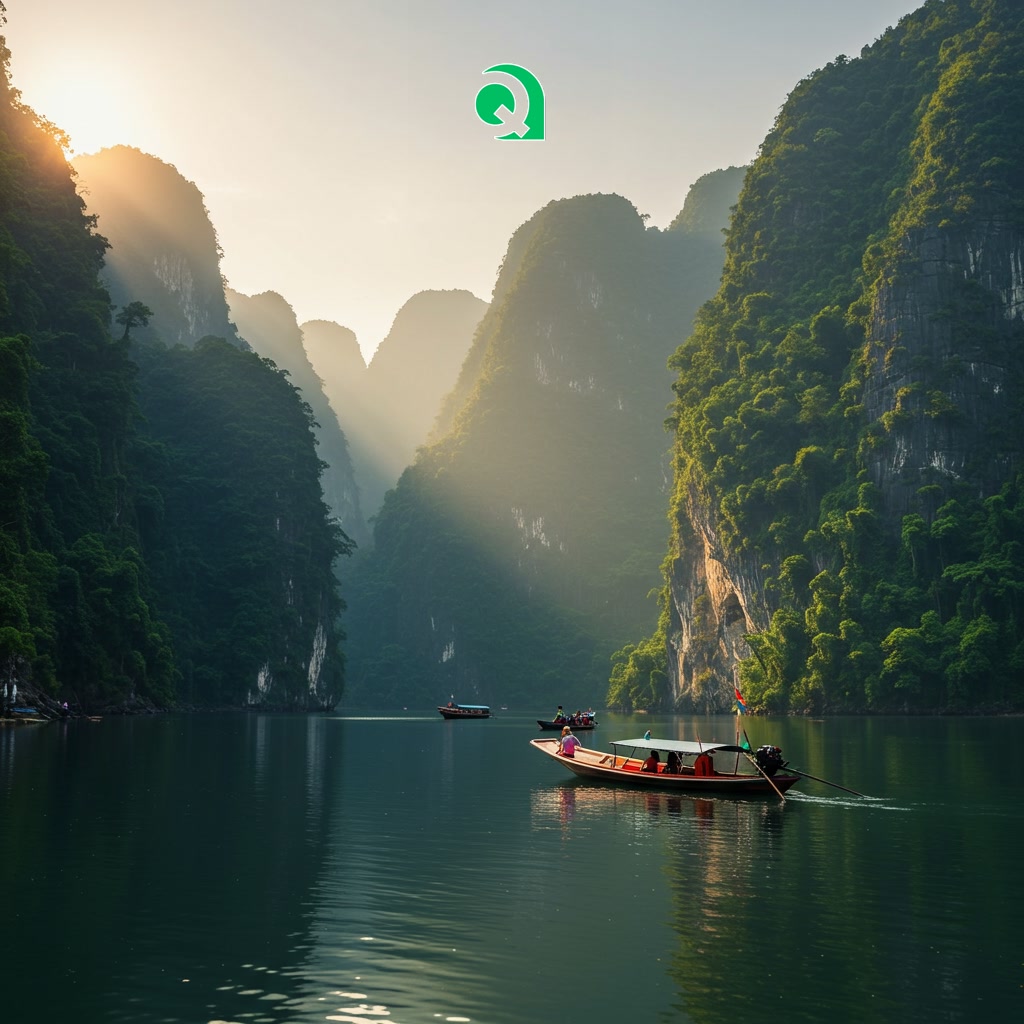
Things to Do and Activities in Ba Be
Section 6: Where to Stay and Eat in Ba Be
After a day exploring the lake and its surroundings, finding comfortable lodging and delicious local food is essential. Ba Be offers a range of accommodation options, primarily centered around village homestays. These traditional stilt houses provide an authentic experience, allowing you to interact with local Tay families and learn about their way of life. Guesthouses are also available, offering more conventional amenities. Dining in Ba Be is a delightful immersion into regional flavors. Fresh fish from the lake, bamboo shoots, and local vegetables are staples. Many homestays and guesthouses offer meals, providing home-cooked dishes that showcase the area’s agricultural bounty and culinary traditions. Don’t miss trying local specialties like grilled fish or sticky rice cooked in bamboo tubes for a true taste of the region.
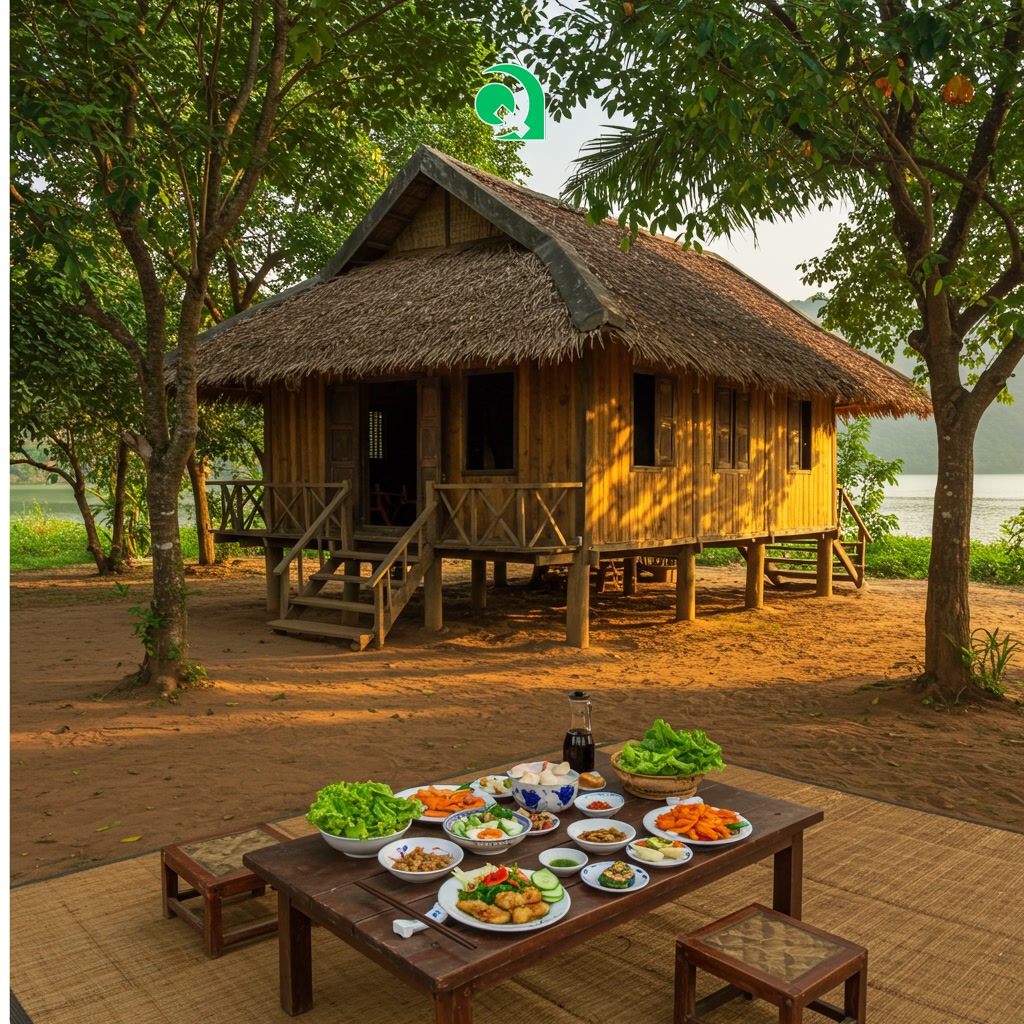
Where to Stay and Eat in Ba Be
Section 7: Practical Travel Tips for Visiting Ba Be
To make the most of your travel experience to Ba Be, timing is key. The best periods to visit are during the dry seasons, typically from September to November and March to May, when the weather is pleasant for exploring the lake and surrounding areas without heavy rain. Getting there usually involves a journey from Hanoi by bus or private vehicle, taking several hours, so plan your transport in advance. Packing essentials should include light clothing suitable for warm weather, comfortable walking shoes for trails, insect repellent, sun protection, and perhaps a light rain jacket depending on the season. It’s also wise to carry some cash as ATMs might be limited in the more remote areas. Respecting local customs, especially when visiting ethnic minority villages, is crucial; dress modestly and ask permission before taking photos of people. Staying hydrated and being mindful of safety during boat trips or treks will ensure a smooth and enjoyable trip.
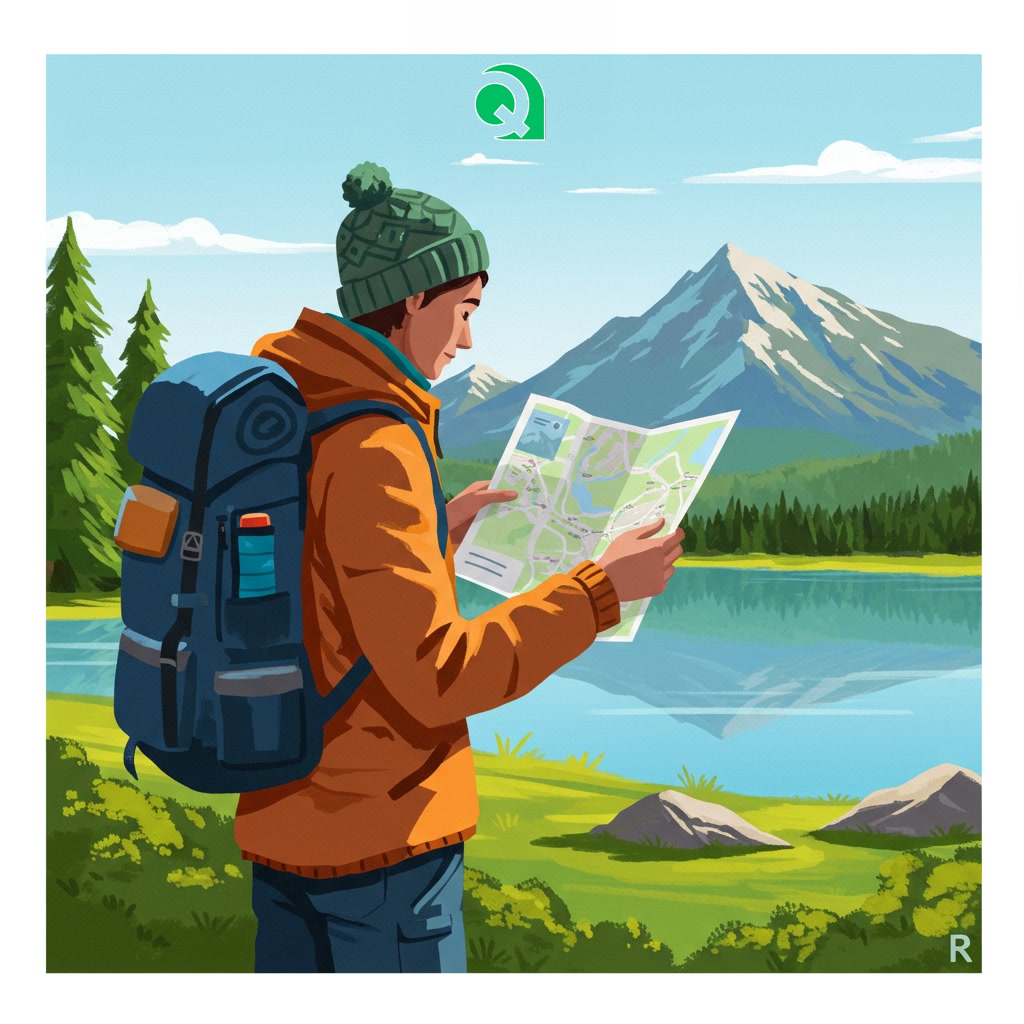
Practical Travel Tips for Visiting Ba Be

